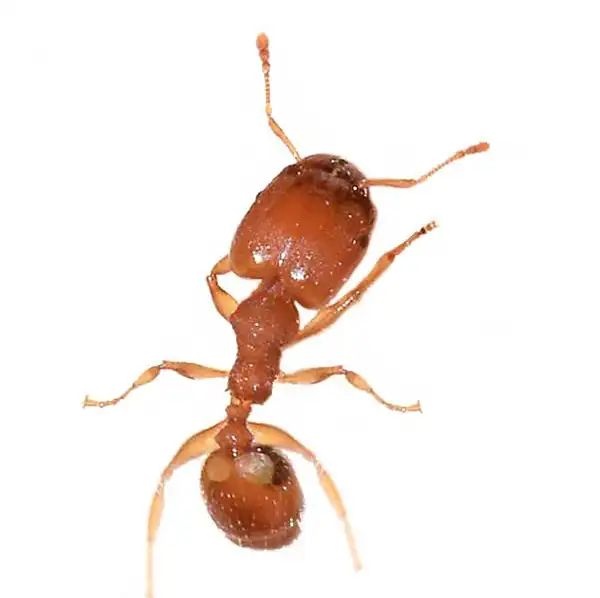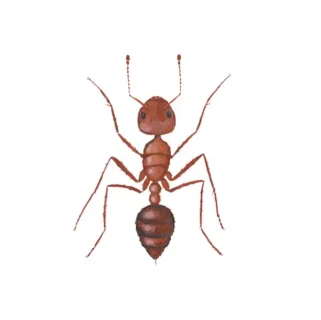
Bigheaded Ants in Kailua Kona
Bigheaded ants are named for their workers’ notably oversized heart-shaped heads. Regarded as one of the most challenging invasive ant species globally, they breed continuously throughout the year, complicating control efforts. Constructing sizable nests in sandy terrain across lawns and landscapes, these ants excavate soil, transporting it through cracks in driveways, patios, and exterior pavers of homes. Many species opt for nest construction adjacent to foundations, sometimes forming mud tubes resembling those of subterranean termites. Colonies can expand dramatically, featuring vast nests and multiple queens.
Bigheaded Ant Habitat
Many bigheaded ant species are soil-dwellers, sustaining themselves on a diet consisting of small insects and sweet honeydew from the surrounding landscape. Nests are commonly established in soil adjacent to foundations. These ants are agile movers, swiftly constructing expansive colonies with noticeable nests, often favoring disturbed environments like driveways and lawns. They also inhabit leaf litter, firewood, fences, and wall interiors. Infestations typically originate outdoors or beneath slab foundations. Potted plants frequently serve as nest sites, leading to the inadvertent transport of colonies indoors.
Bigheaded Ant Behaviors, Threats, or Dangers
Bigheaded ants typically refrain from biting unless provoked, and their bites are generally non-painful. However, as nuisance pests, they pose frustrations to homeowners by accumulating dirt and sand piles and venturing into various indoor and outdoor areas such as bathrooms, kitchens, around doors and windows, walkways, and driveways. Infestations are commonly observed near structures, ornamental plant bases, and sidewalks. Occupants of infested commercial premises often report encountering numerous live and dead ants. Eradicating them proves challenging, requiring treatment of the entire supercolony for comprehensive elimination. If you suspect a bigheaded ant issue, it is best to contact a professional ant exterminator.
Need help with Bigheaded Ant control?
Need Pest Control Service?
Leave your information below and we’ll be in touch with a FREE quote!
"*" indicates required fields
*During normal business hours. After hours calls will be returned the next business day.


![White footed ant on a white background. Ant removal services with [placeholder-comapny] in Kailua Kona](https://konacoastpestcontrol.com/wp-content/uploads/white-footed-ant-350x262.webp)

